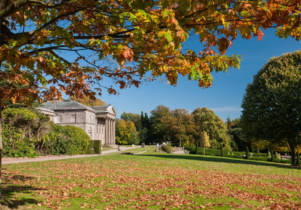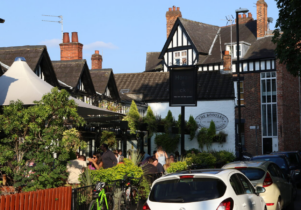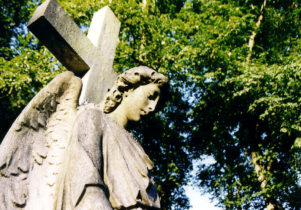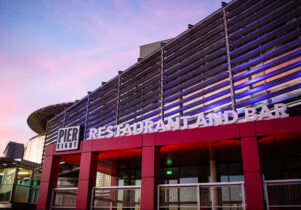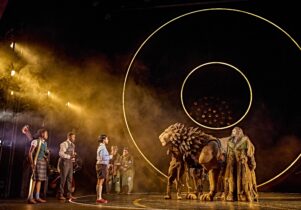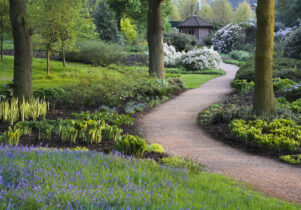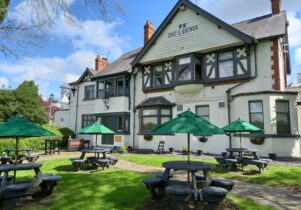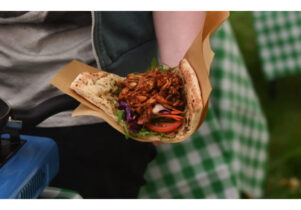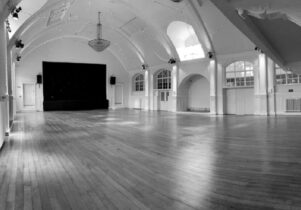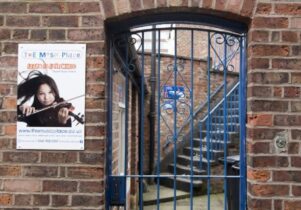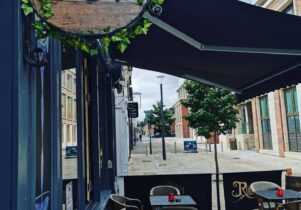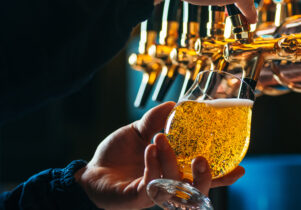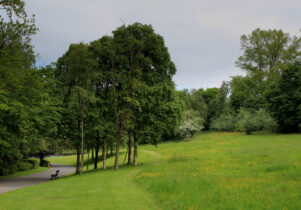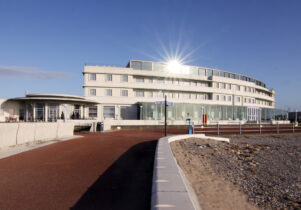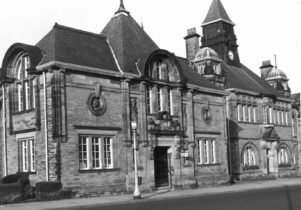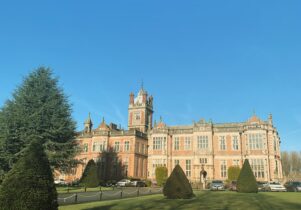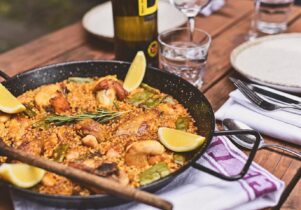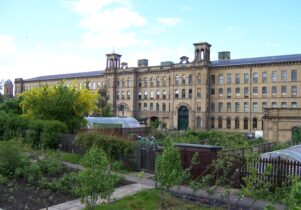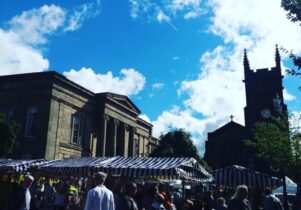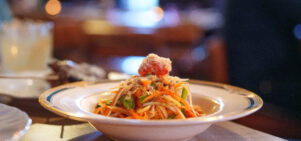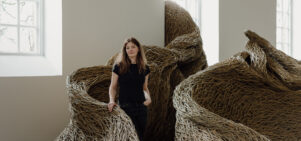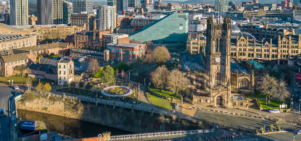Swan with Two Nicks
Susie Stubbs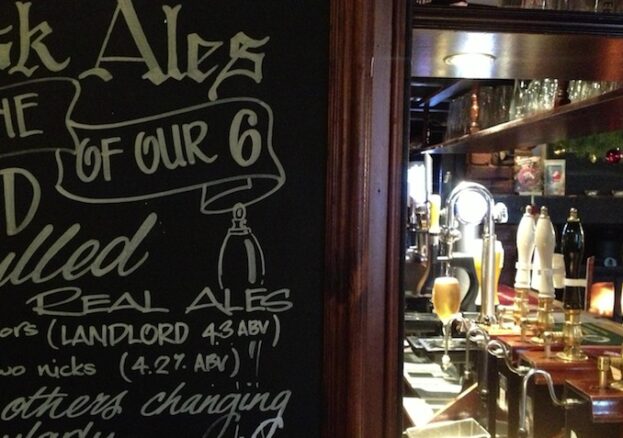
As part of our epic and frankly selfless search to find the cosiest of winter pubs, we ponder over a curiously named boozer near Dunham Massey.
One of the joys of the Modern English language is that it’s not actually all that modern. It has parts as old as Shakespeare. It has bestowed upon us some choice place names and puns. It has given us Goldfinch Bottom, Titty Ho and Great Cockup, the latter a Lake District mountain that we have all surely climbed, in mind at least, during the course of our careers. And so it is that we present to you a historic country pub on the edge of Manchester called The Swan with Two Nicks.
The pub’s name may not immediately appear amusing, but it does at least derive from a 16th-century pun. Mute swans have for centuries belonged to the monarch and a couple of livery companies in London; every year they’d bob out in their boats and mark (or nick) the beaks of the swans that were now their property. Back then, “nick” meant the same as “neck” and so The Swan with Two Nicks has a deliberate double meaning. As the people who run the modern-day Swan pub note: 16th century humour “wasn’t quite what it is today”.
As the people who run the Swan today note: 16th century humour “wasn’t quite what it is today”.
Poor puns aside, though, this is a pub with a proper past. Once owned by the Earls of Stamford (whose house – the glorious Dunham Massey – is visible from the Swan’s car park), records show that it dates back to at least 1745. It sits today in what remains of the Stamford estate: as you walk or drive through the lanes nearby you’ll notice the red-painted woodwork, gates and doors that adorn many cottages and farmhouses. Red was the colour traditionally used by the Earls of Stamford to denote what was theirs. Today, these buildings are owned by the National Trust, which took over the last Earl of Stamford’s estate after his death in 1976.
Inside, the Swan is divided into three parts – each with its own roaring fire. At the front is the pub proper, with a short bar and a few tables and chairs at which you can sup Dunham Massey Brewing Company ales (at least three are on tap) or a pint of Timothy Taylor. Standard pub grub is on offer, from jacket potatoes and sandwiches to hot baguettes served with chips. It’s a dog friendly gaff, too: there are tiny bone-shaped biscuits on the bar for a well-behaved canine friend.
In the middle is a further bar, another fire and a slightly cramped restaurant, which specializes in fresh fish. On our last trip we went for fish and chips – good, firm flesh, golden batter and skin-on chips – and smoked haddock. The haddock came on a bed of mashed potato, served with peas and a hollandaise sauce. The lukewarm peas hadn’t been properly drained; they mixed with an already too-wet mash to create something of an unloved and unlovable slush at the bottom of the bowl. The kids’ menu, meanwhile, is functional, but the dessert menu decent. The latter features belly warming, homemade crumble, shipped-in Cartmel sticky toffee pudding, cheesecake and Dunham Massey ice cream.
The menu is thus solid rather than stellar, but no matter, because it’s to the Swan you come for a hearty, post-walk meal and hearty is what you generally get. Towering plates of cottage pie and braised beef processed past our table to the back of the Swan – a slightly airier dining room, again with its own hearth – and were swiftly demolished by other diners.
It’s a menu that clearly does the job, too: the Swan is regularly booked out at the weekend (that homemade crumble had sold out by 12.30pm on the Sunday we were there). Its proximity to Dunham Massey must have a hand in its popularity – the 3,000 acre park and estate features Lord Stamford’s aforementioned country house, a herd of fallow deer, ancient woodland and a winter garden whose 25,000 early flowering bulbs stick a hardy two fingers up against the frigid, gloaming depths of the coldest months. Close by, the River Bollin bubbles merrily away and, framed against the Swan’s ancient brickwork, the rural aspect does much to conjure up a time when in-jokes about swans with two necks were absolutely hilarious. Not that the Earls of Stamford apparently approved of the joke: in their official documents they gave the Swan a far more prosaic name. To them it was simply and possibly quite sniffily known as Bollington Tenement No. 17. We know which name we prefer.
